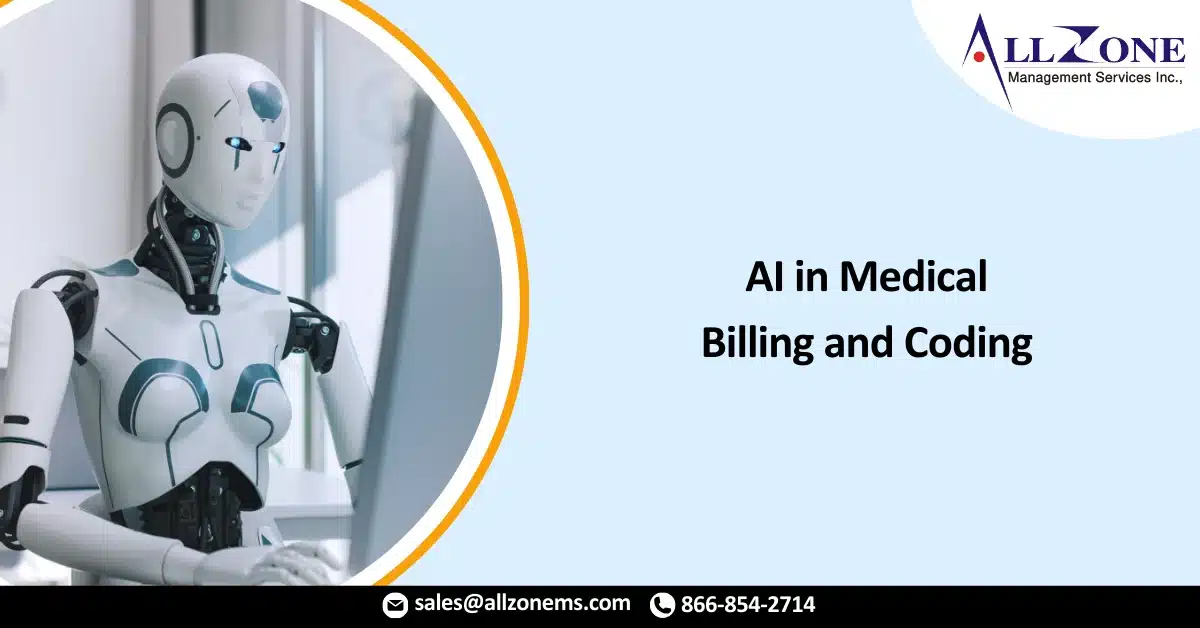In the realm of medical billing and coding, the incorporation of artificial intelligence stands as a pivotal advancement. Its role in healthcare establishments is to optimize billing procedures, thereby mitigating costly errors. Among the array of AI-driven technologies, machine learning and Natural Language Processing (NLP) take the forefront. These tools excel at swiftly and accurately deciphering and categorizing extensive datasets. Their forte lies in excavating pertinent information from Electronic Health Records (EHRs) and aligning it with the appropriate medical codes.
Notably, these technologies extend beyond data interpretation, adeptly weaving together disparate data points to add context to unstructured information. For instance, an AI software can seamlessly amalgamate data from various sources, weaving them into a coherent timeline. This process lends coherence to seemingly unrelated incidents, diagnoses, and medical procedures, subsequently curtailing mistakes in coding and reporting.
The Advantages of Using AI in Medical Billing and Coding
The manifold advantages of AI-powered technologies have rendered them a staple in healthcare entities, enhancing the cost-effectiveness of billing and medical coding processes:
- Streamlining the coding process by instituting an automated solution that is less reliant on the availability of skilled billing professionals.
- Bolstering cash flow by ensuring prompt and accurate release of patient statements.
- Elevating the work efficiency of administrative staff by reducing their routine workload, freeing them to excel in other domains.
- Eradicating costly human errors through precise alignment of EHR data with pertinent medical codes and seamless integration of systems, thereby minimizing manual data entry across diverse applications.
- Conducting real-time audits to avert the predicament of uncovering errors too late in the process, thus sidestepping exorbitant rectification costs.
- Enabling proficient coders to tackle intricate issues necessitating their expertise, as routine and repetitive tasks are automated.
- Coalescing unstructured data and extricating relevant insights from disparate EHRs within a healthcare establishment. The outcome is harmonized patient statements that expedite payments, benefiting patients and the institution alike.
- Curbing operational expenses tied to manual analysis and billing procedures, thereby diminishing resource-draining overheads.
- Minimizing administrative costs through reduction in customer service inquiries and disputes linked to patient statements.
In summation, the integration of AI in medical billing and coding serves as a transformative force, enhancing accuracy, efficiency, and cost-effectiveness across various facets of healthcare administration.

